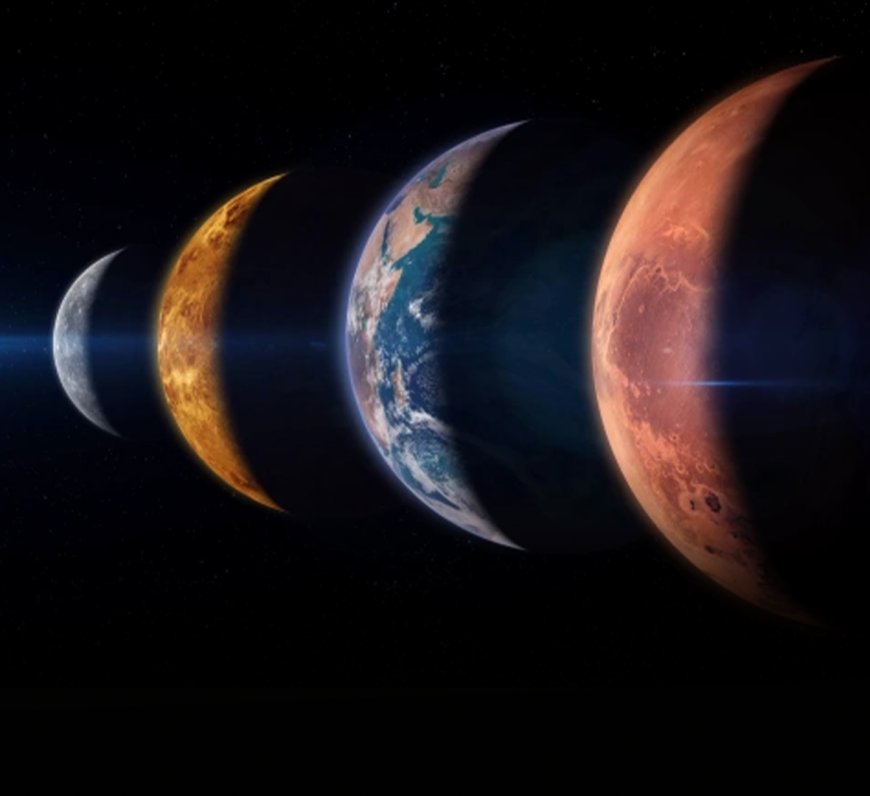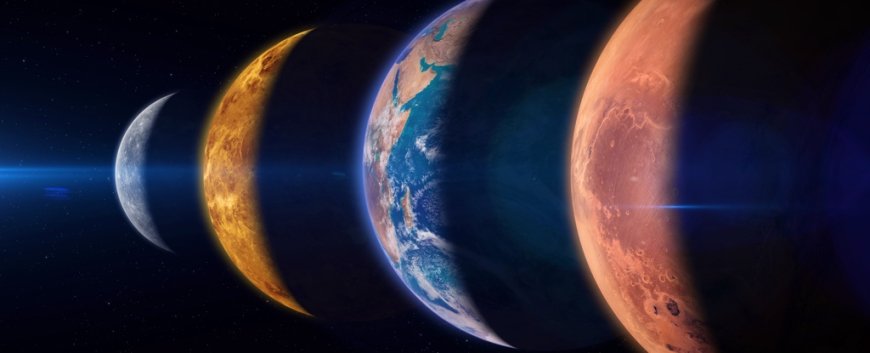A Rare Cosmic Event: Seven-Planet Alignment to Grace the Night Sky on February 28, 2025
The universe is set to offer a breathtaking celestial spectacle this week as a rare alignment of seven planets will be visible in the night sky.

The universe is set to offer a breathtaking celestial spectacle this week as a rare alignment of seven planets will be visible in the night sky. On the evening of February 28, 2025, stargazers will have the unique opportunity to witness Saturn, Mercury, Neptune, Venus, Uranus, Jupiter, and Mars forming a cosmic lineup, creating a mesmerizing planetary parade.
This rare astronomical event, known as a Great Planetary Alignment, occurs when multiple planets appear in close proximity along an imaginary line in the sky. While alignments involving three to five planets are relatively common, a seven-planet alignment is an exceptionally rare phenomenon that happens only once in several decades.

Understanding Planetary Alignments
Contrary to the neatly arranged illustrations of planets often depicted in textbooks, planetary alignments are not perfect straight lines. Instead, they appear to be positioned along an ecliptic plane, the imaginary flat plane on which all planets in our Solar System orbit the Sun.
The reason planets align in this way is due to the way solar systems form. When a star is born from a collapsing cloud of dust and gas, the remaining material flattens into a rotating disk around it. Planets form from this disk and, unless disturbed by external gravitational forces, continue to orbit within the same plane.
Over time, as the planets move along their respective orbits, there are rare moments when they all appear on the same side of the Sun, making them visible from Earth simultaneously.

How Rare is a Seven-Planet Alignment?
Planetary alignments come in various forms, categorized by the number of planets involved:
- Small Alignments – Three or four planets aligning (common)
- Large Alignments – Five or six planets aligning (less common)
- Great Alignments – Seven or eight planets aligning (extremely rare)
A five-planet alignment happens roughly once every 20 years, while six-planet alignments occur less frequently. However, an alignment involving seven planets is a truly exceptional event that can take several decades to reoccur.
For astronomy enthusiasts, this upcoming celestial show on February 28, 2025, is a must-watch event that should not be missed.
How to View the Seven-Planet Alignment
The visibility of the planetary alignment depends on various factors, including your geographic location, atmospheric conditions, and light pollution levels. Here’s how you can maximize your chances of witnessing this once-in-a-lifetime event:
- Find a Dark Sky Location: Light pollution from cities can make it difficult to see the planets clearly. Head to a remote area with minimal artificial lighting.
- Check the Local Timing: Different planets rise and set at different times, depending on your location. Use astronomy apps like Time and Date, Stellarium, or Sky Tonight to find the best viewing window in your region.
- Use Binoculars or a Telescope: While some planets may be visible to the naked eye, a telescope or binoculars will enhance the experience, allowing you to see planetary details such as Jupiter’s moons or Saturn’s rings.
- Weather Considerations: Clear skies are essential for an unobstructed view. Check your local weather forecast to ensure favorable conditions on the night of the event.
Where and When to Watch
While the planets will appear in alignment worldwide, viewing conditions will vary based on your location. Some planets may be visible in the early evening, while others will appear later at night. Here are some tools to help you track the alignment in real-time:
- Time and Date – Provides rise and set times for each planet (Visit Here)
- Stellarium – A free web tool showing the exact positions of planets in the sky (Visit Here)
- Sky Tonight App – Uses your phone’s GPS to show real-time celestial maps (Download Here)
The Science Behind This Astronomical Phenomenon
While planetary alignments are visually stunning, they have no impact on Earth’s gravitational forces or climate. Despite popular myths and conspiracy theories, such events do not cause earthquakes, extreme weather, or any form of planetary disturbance. Instead, they serve as a spectacular reminder of the vast and beautiful universe we live in.
Final Thoughts: A Celestial Event to Remember
Astronomy lovers, stargazers, and casual observers alike are in for a once-in-a-lifetime celestial treat. The seven-planet alignment on February 28, 2025, offers a rare chance to witness the majesty of our Solar System in motion.
So, mark your calendars, set up your telescopes, and get ready for a breathtaking night under the stars.
Written by: Ali Abdullah (Punjab University)
What's Your Reaction?











































































































